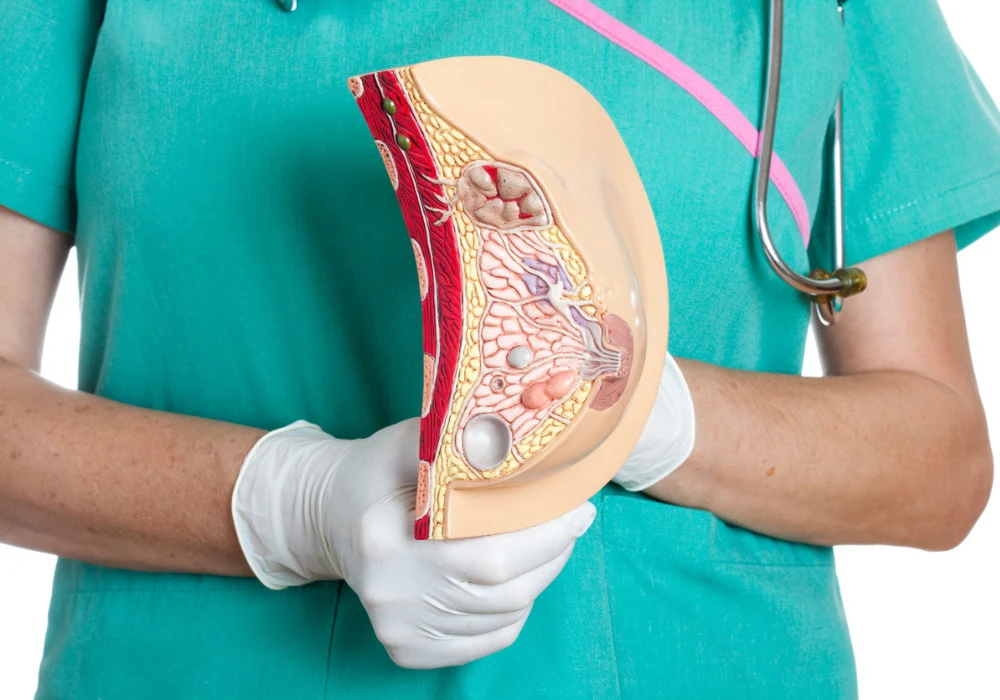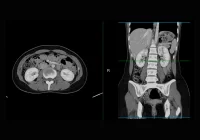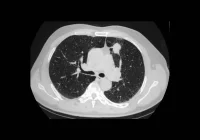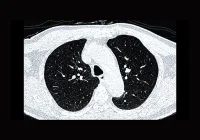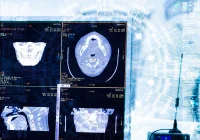Breast cancer, the most prevalent malignancy in women worldwide, is categorised into four molecular subtypes based on receptor expression: luminal A, luminal B, HER2-enriched and triple-negative breast cancer (TNBC). These classifications guide therapeutic decisions and impact prognosis. Conventional methods of determining subtypes rely on biopsy-based immunohistochemistry or genetic analysis, which are invasive and may not account for tumour heterogeneity. This underscores the need for a noninvasive alternative. Magnetic resonance imaging (MRI) radiomics offers such potential, particularly when combined with deep learning techniques that facilitate automatic lesion segmentation and subtype classification. In a multicentre retrospective study, researchers developed and validated a contrast-enhanced MRI-based deep learning framework to automate these tasks, aiming to enhance accuracy and workflow efficiency across diverse clinical settings.
Development and Validation of the Segmentation Framework
The segmentation component of the framework employed a 3D ResU-Net model, integrating residual blocks into the traditional U-Net architecture to address common issues such as vanishing gradients. This design enabled robust feature extraction while preserving anatomical detail. The training dataset consisted of patients with untreated, biopsy-proven invasive breast cancer, meeting strict inclusion criteria to ensure consistency. Exclusion criteria ruled out small lesions, motion artefacts and non-ductal/lobular cancers. Image preprocessing involved automatic cropping of the breast region and patch extraction centred on tumour areas. The model’s performance was assessed using Dice scores, sensitivity, specificity and positive predictive value across internal and two external datasets. Dice scores ranged from 0.82 to 0.86, indicating strong agreement with radiologist-defined tumour boundaries. Correlation coefficients for tumour volume and spatial positioning further demonstrated high consistency with reference standards. These results confirm the segmentation model’s robustness and cross-centre generalisability.
Classification of Molecular Subtypes Using Ensemble ResNet
Following segmentation, tumour patches were analysed using a classification model named Ensemble ResNet. This model combined three 2D ResNet branches and one 3D ResNet branch to extract both spatial and volumetric features. Unlike previous radiomics or standalone deep learning approaches, this ensemble method capitalised on pretrained weights for 2D ResNets and random initialisation for the 3D branch. The ensemble strategy yielded average prediction scores for final classification. Validation against 2D ResNet, 3D ResNet and radiomics-based models across three testing datasets consistently demonstrated the superior performance of Ensemble ResNet. Area under the curve (AUC) values ranged from 0.74 to 0.84 for luminal A, 0.68 to 0.72 for luminal B, 0.73 to 0.82 for HER2-enriched and 0.80 to 0.81 for TNBC. The model particularly excelled in TNBC classification, an aggressive subtype with limited therapeutic options. Comparisons showed significant improvements in most subtypes, especially against the radiomics model and 3D ResNet, highlighting the value of combining spatial and depth-aware features.
Must Read: DL Enhances Breast MRI Quality and Speed
Model Interpretation and Limitations
The model’s interpretability was enhanced through saliency maps, which identified specific tumour regions contributing most to classification decisions. These visualisations revealed distinct activation patterns across subtypes, with TNBC showing emphasis on peritumoural and skin-adjacent areas, while luminal subtypes focused more on internal spicules. Despite promising results, several limitations were noted. The retrospective design and relatively small TNBC sample size may affect statistical power and generalisability. Single-view MRI input restricted the exploitation of bilateral anatomical cues, and exclusion of diffusion-weighted imaging limited the assessment of perfusion-diffusivity interactions. These constraints suggest future work should consider prospective validation, inclusion of multiparametric imaging and integration of bilateral information to further enhance accuracy. Additionally, small tumours were excluded, potentially limiting applicability in early-stage detection scenarios.
The study demonstrated that a contrast-enhanced MRI-based deep learning framework can accurately and automatically segment breast lesions and classify molecular subtypes. The proposed Ensemble ResNet model significantly outperformed conventional and alternative deep learning methods, particularly in identifying TNBC. The integration of 2D and 3D spatial features, combined with high Dice scores and robust AUC performance across datasets, suggests strong potential for clinical application. While further prospective studies are needed, this approach represents a promising step toward noninvasive, scalable and standardised breast cancer characterisation.
Source: Radiology: Imaging Cancer
Image Credit: iStock





